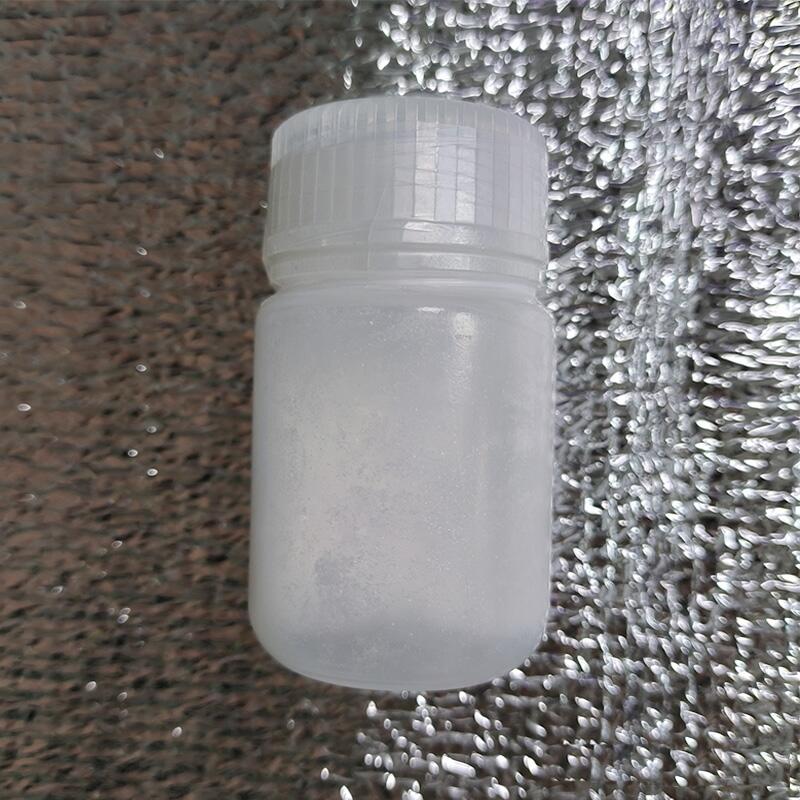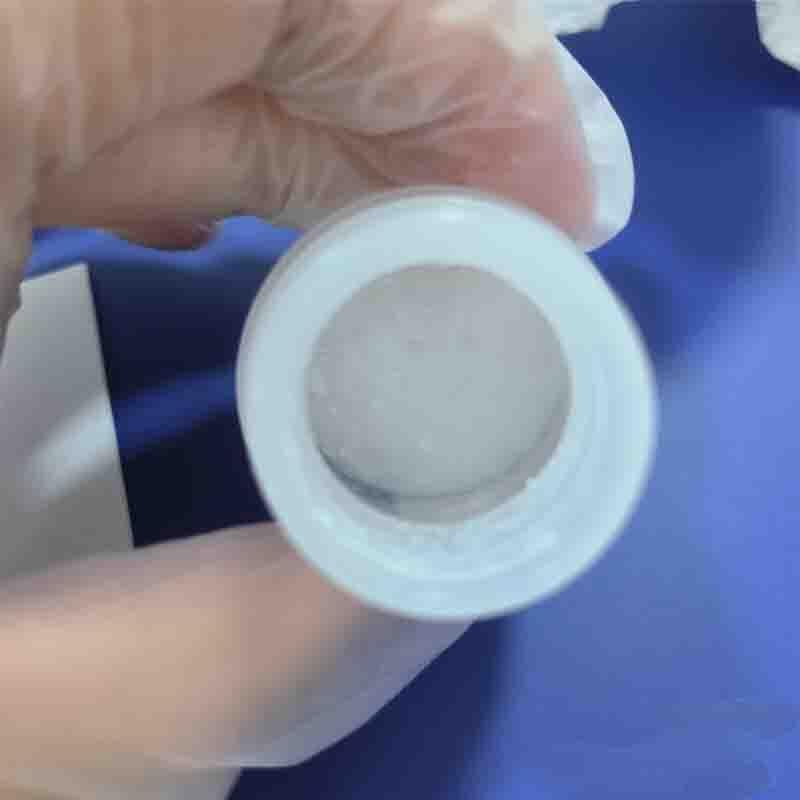-
Categories
-
Pharmaceutical Intermediates
-
Active Pharmaceutical Ingredients
-
Food Additives
- Industrial Coatings
- Agrochemicals
- Dyes and Pigments
- Surfactant
- Flavors and Fragrances
- Chemical Reagents
- Catalyst and Auxiliary
- Natural Products
- Inorganic Chemistry
-
Organic Chemistry
-
Biochemical Engineering
- Analytical Chemistry
-
Cosmetic Ingredient
- Water Treatment Chemical
-
Pharmaceutical Intermediates
Promotion
ECHEMI Mall
Wholesale
Weekly Price
Exhibition
News
-
Trade Service
Ilaprazole is a widely used anti-ulcer drug in the pharmaceutical industry that is used to treat acid-related disorders such as gastroesophageal reflux disease (GERD), peptic ulcer disease, and stomach ulcers.
The drug works by blocking the action of histamine on gastric cells, reducing acid secretion and providing relief from symptoms such as heartburn, abdominal pain, and acid regurgitation.
In the chemical industry, the production of Ilaprazole involves a number of steps, starting from the initial synthesis of the raw materials and ending with the final formulation of the drug.
The upstream products and downstream products of Ilaprazole are a critical part of the overall production process, and their effective management is essential for ensuring a continuous and efficient supply chain.
Upstream Products
The upstream products of Ilaprazole refer to the raw materials and intermediates that are used in the production process.
The main upstream products for Ilaprazole include the following:
- Pyrimidine-2,4-diamine: This is one of the key raw materials used in the production of Ilaprazole.
It is synthesized from ammonia and 2,4-diaminopyrimidine hydrochloride, which is then hydrogenated to produce the required pyrimidine-2,4-diamine. - 2-Chlorobenzaldehyde: This is another important starting material used in the production of Ilaprazole.
It is synthesized by chlorinating benzaldehyde, which is then treated with sodium hydroxide to convert it into 2-chlorobenzaldehyde. - N2-Methyl-2-oxo-1,3-oxazolidine-3-carboxamide: This intermediate is synthesized by reacting methylamine with 2-oxo-1,3-oxazolidine-3-carboxylate.
The availability and cost of these upstream products directly impact the production cost and final price of Ilaprazole.
Therefore, it is critical for chemical companies to ensure a stable and reliable supply chain for these raw materials and intermediates.
Downstream Products
The downstream products of Ilaprazole refer to the various forms and dosages of the drug that are produced using the synthesized intermediate.
The main downstream products of Ilaprazole include the following:
- Ilaprazole tablets: This is the most common dosage form of the drug, which is administered orally to patients.
- Ilaprazole granules: This is a powder form of the drug that is used for the preparation of oral suspensions.
- Ilaprazole suppositories: This is a solid dosage form of the drug that is administered rectally to patients.
- Ilaprazole injection: This is an intravenous dosage form of the drug that is used in hospitals for the treatment of severe acid-related disorders.
The downstream products of Ilaprazole are sold to pharmaceutical companies, hospitals, and clinics that use them to treat patients.
The effectiveness and safety of the final product depend on the quality of the raw materials and intermediates used in the production process, as well as the efficiency of the downstream processing steps.
Challenges and Opportunities in the Supply Chain
The production of Ilaprazole involves a complex supply chain that involves multiple stages, from the synthesis of raw materials to the final formulation of the drug.
The supply chain is subject to various challenges, such as fluctuations in raw material prices, supply disruptions, and changes in regulatory requirements.
One of the biggest challenges in the production of Ilaprazole is the availability of key raw materials such as pyrimidine-2,4-diamine







